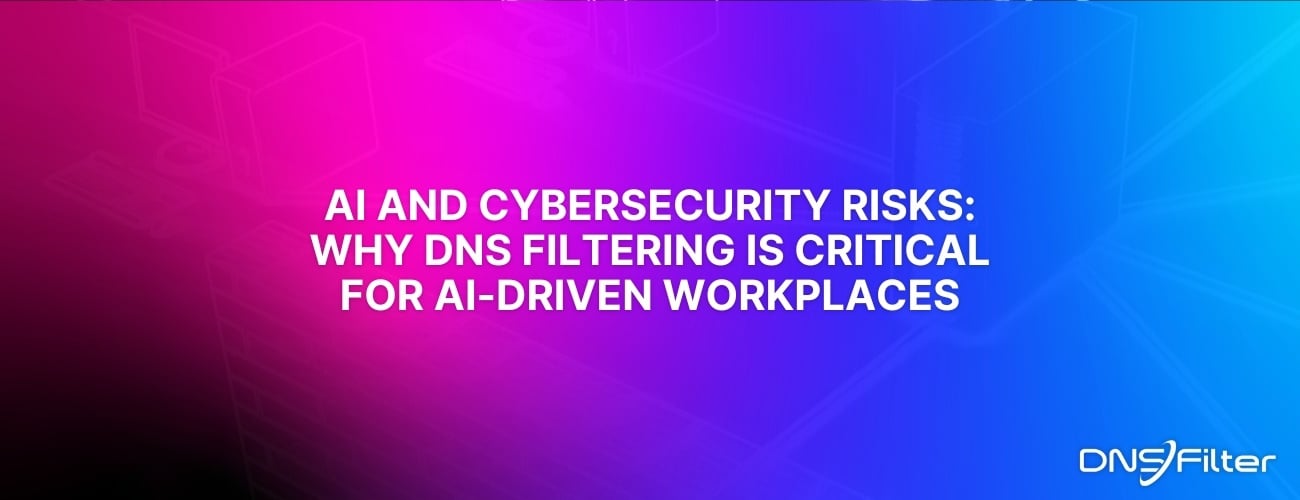Share this
An update on the Kaseya ransomware attack CNC domains
by Peter Lowe on Jul 9, 2021 12:00:00 AM
Command and Control Domains
The attack by REvil used several domains, called "Command and Control" domains (also referred to as "C2 domains" or "CNC domains"), which are used after a system has been attacked. The purpose in this case is to notify REvil that the systems had been encrypted.
The configuration file of the ransomware was published by Fabian Wosar on GitHub. From that file, we extracted the list of domains. These domains are not all actually compromised systems—it's likely that only a few are, and the rest are either decoys or have been cleaned up.
Out of an abundance of caution, DNSFilter has marked all of these domains as malicious. We did so on July 3rd, when the domains were first made available. We are doing our best to verify entries and investigate specific aspects of the CNC servers, in order to eliminate false positives from the list.
This was published on GitHub as a service to others—it's an unsorted list in the config file, so making this more easily available could help others who are investigating.
Important notes
The domains shouldn't be taken as a list of compromised systems. It is simply an extract from the config file of domains marked there as "command and control".
If there are any entries that can be verified as clean, please contact us or submit a pull request on the GitHub repository.
Further information
For more information on REvil and the Kaseya ransomware attack, please check out these thorough overviews:
Share this
 Artificial Intelligence in Cybersecurity
Artificial Intelligence in Cybersecurity
The term “artificial intelligence (AI)” was first coined in 1956. While progress stalled for many years, we can thank IBM for sparking real interest in AI as viable technology: First in 1997 when the computer Deep Blue defeated a chess champion and again in 2011 when Watson won Jeopardy!
 The Mind Games Behind Cyber Attacks
The Mind Games Behind Cyber Attacks
Hackers have long understood that the most sophisticated firewall is no match for a well-placed psychological trick. While many focus on the technical prowess of cybercriminals, the real magic often lies in their ability to manipulate human behavior. By exploiting our natural tendencies and cognitive biases, hackers can slip past even the most robust security systems. It's not just about cracking codes; it's about cracking the human psyche.
 AI and Cybersecurity Risks: Why DNS Filtering is Critical for AI-Driven Workplaces
AI and Cybersecurity Risks: Why DNS Filtering is Critical for AI-Driven Workplaces
Artificial intelligence is transforming business operations, automating everything from customer service to data analysis. But with these advancements come new security challenges. AI-driven cyber threats are becoming more sophisticated, enabling attackers to automate phishing campaigns, generate malware, and exfiltrate sensitive data at scale. Without proper safeguards, AI tools can unintentionally leak corporate secrets or connect to malicious ...


